
Predicting the Woman Hairstyles of the Future: 7 Trends Shaping the Next Decade | Tech & Sustainability
12 min read

12 min read

12 min read
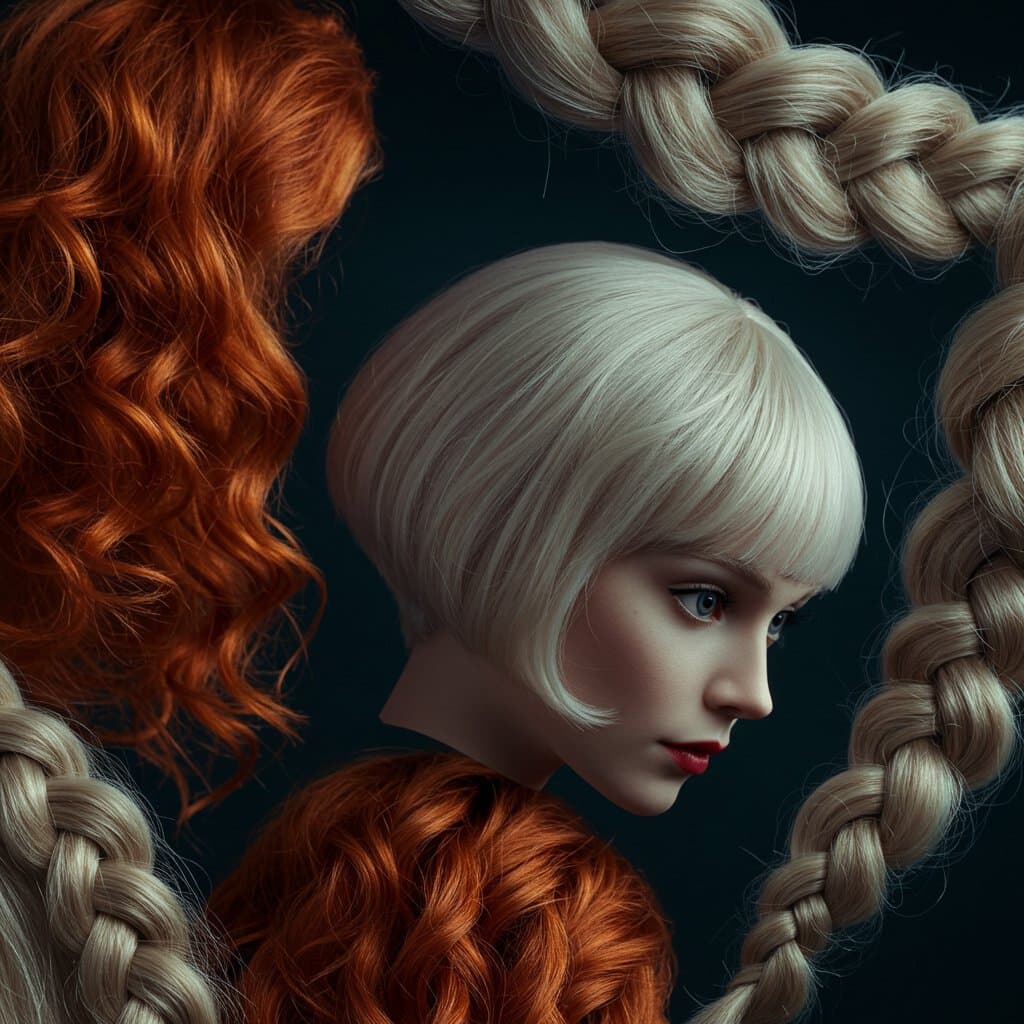
14 min read
Download our app to instantly see how you'd look with any hairstyle or color
Get the App
12 min read
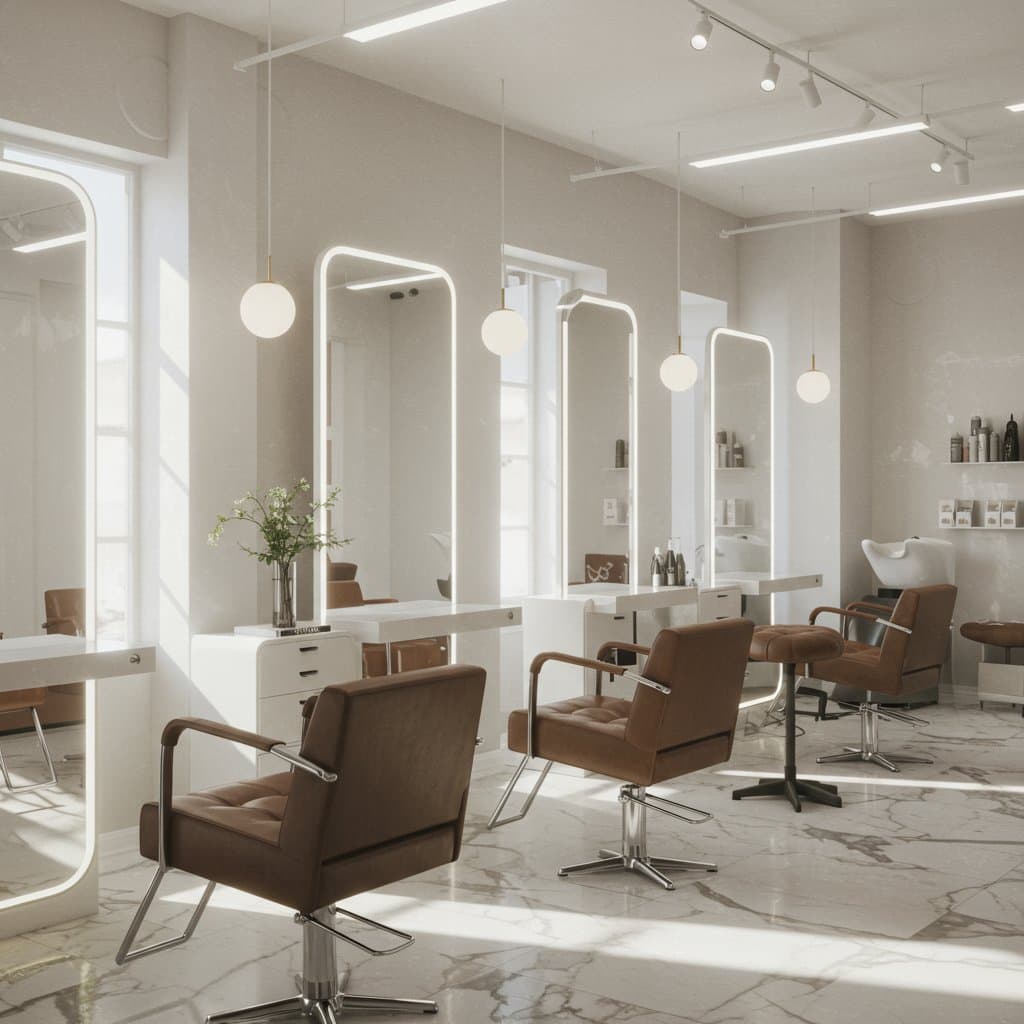
12 min read
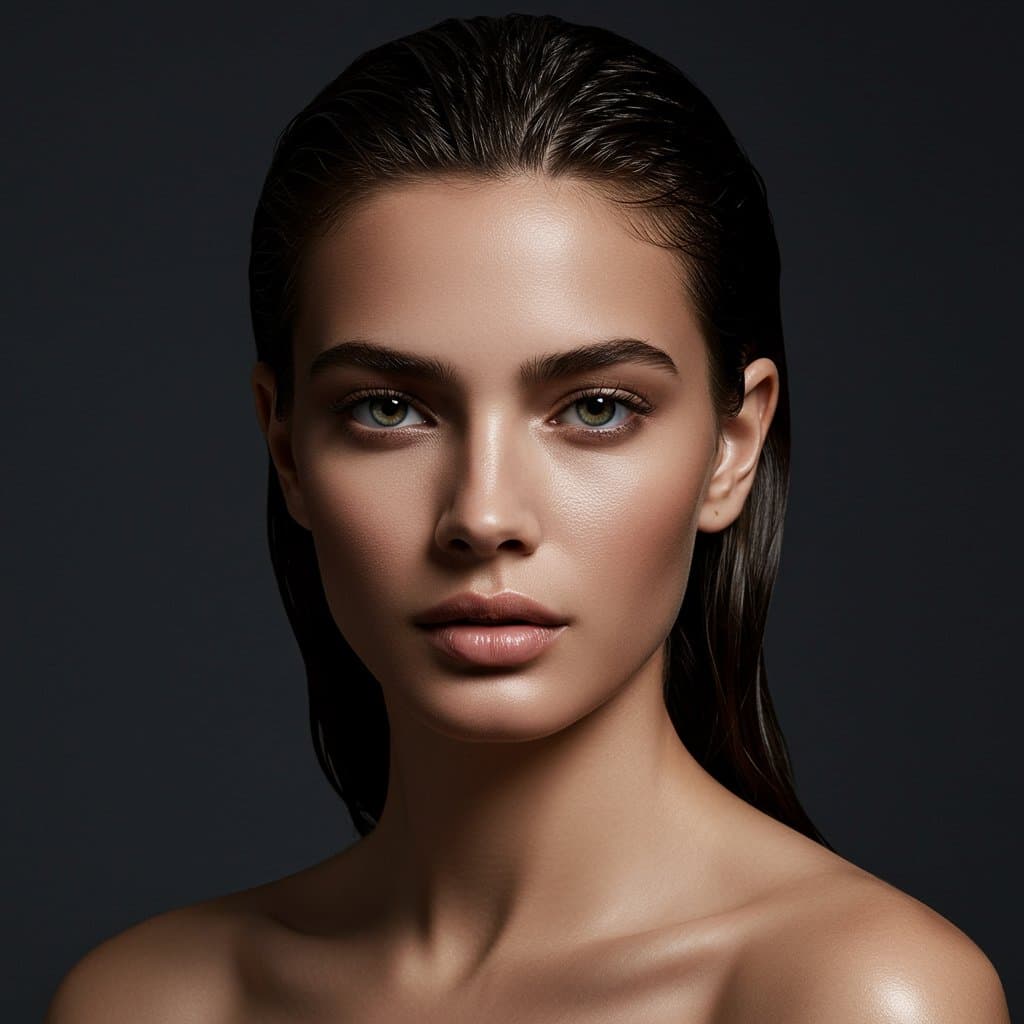
12 min read
Download our app to instantly see how you'd look with any hairstyle or color
Get the AppIn the world of personal style, details make all the difference. While a great haircut and color are the foundation of a stunning look, the final polish often comes from an unexpected source: the humble hair accessory. The art of hair accessorizing is a powerful tool for self-expression, capable of transforming a simple hairstyle into a statement of elegance, playfulness, or sophistication. From the minimalist glint of a metallic clip to the bohemian flow of a silk scarf, these elements add personality, texture, and focus to your overall appearance. This guide will explore the timeless appeal and modern applications of three quintessential accessories: clips, scarves, and headbands, providing you with the knowledge to elevate your everyday style and master any occasion.
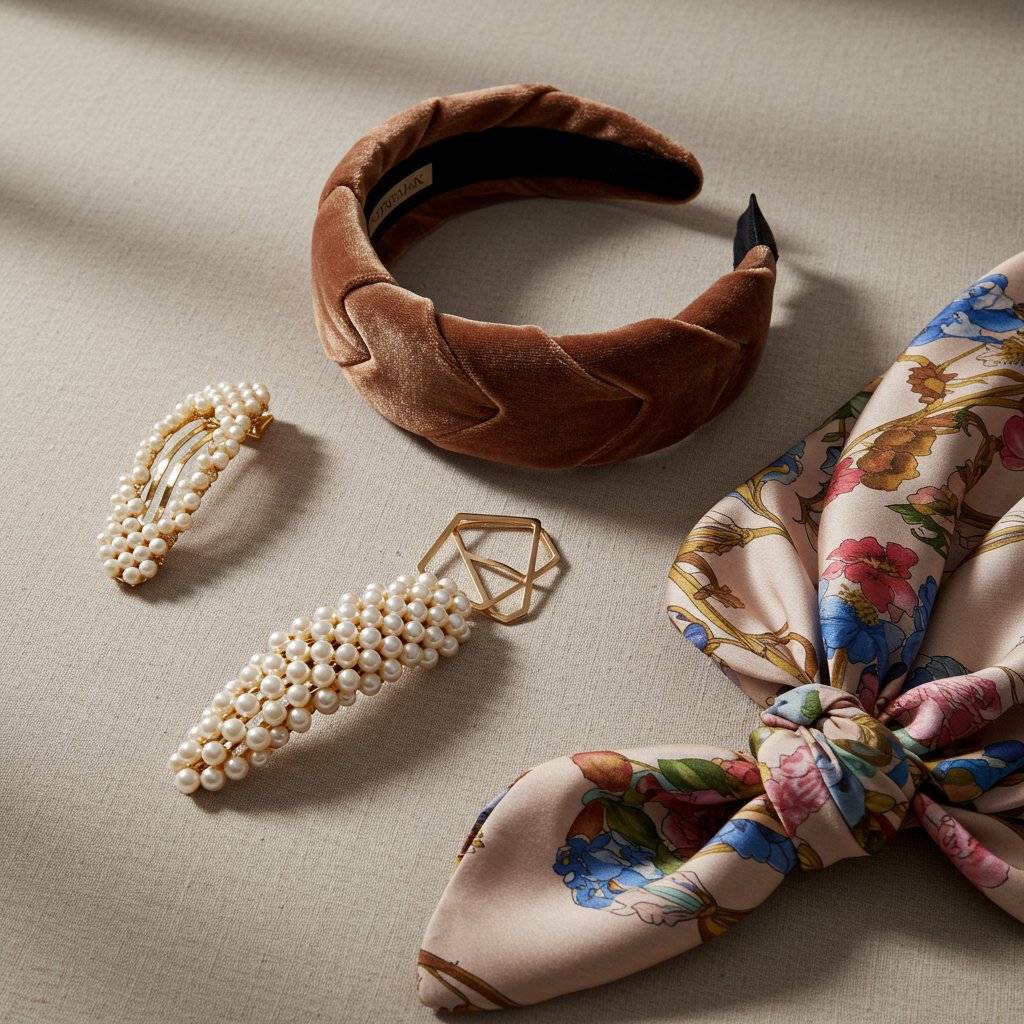
More than just functional tools to keep hair in place, accessories are a direct link to fashion history. Headbands have graced the heads of flappers in the roaring twenties and icons of the 1960s. Scarves have been a symbol of glamour since the golden age of Hollywood. Clips, in their ever-evolving forms, have punctuated hairstyles for centuries. Understanding how to wield these pieces effectively is a skill that unlocks endless creative possibilities. Whether you're looking to add a pop of color to a neutral outfit, secure a complex updo with a decorative flair, or simply manage your hair on a busy day with a touch of chic, mastering the art of hair accessorizing is your next step toward impeccable, personalized style.
Hair clips have undergone a remarkable evolution, shedding their purely utilitarian reputation to become coveted fashion items. Once hidden away, bobby pins and simple barrettes are now joined by an array of decorative pieces designed to be seen. The modern landscape of hair clips is rich with variety, offering everything from oversized pearl-encrusted clips and geometric metallic designs to whimsical acetate claws and delicate, jeweled pins. This renaissance has placed clips firmly in the spotlight, proving they can be the centerpiece of a hairstyle rather than just a supporting actor.
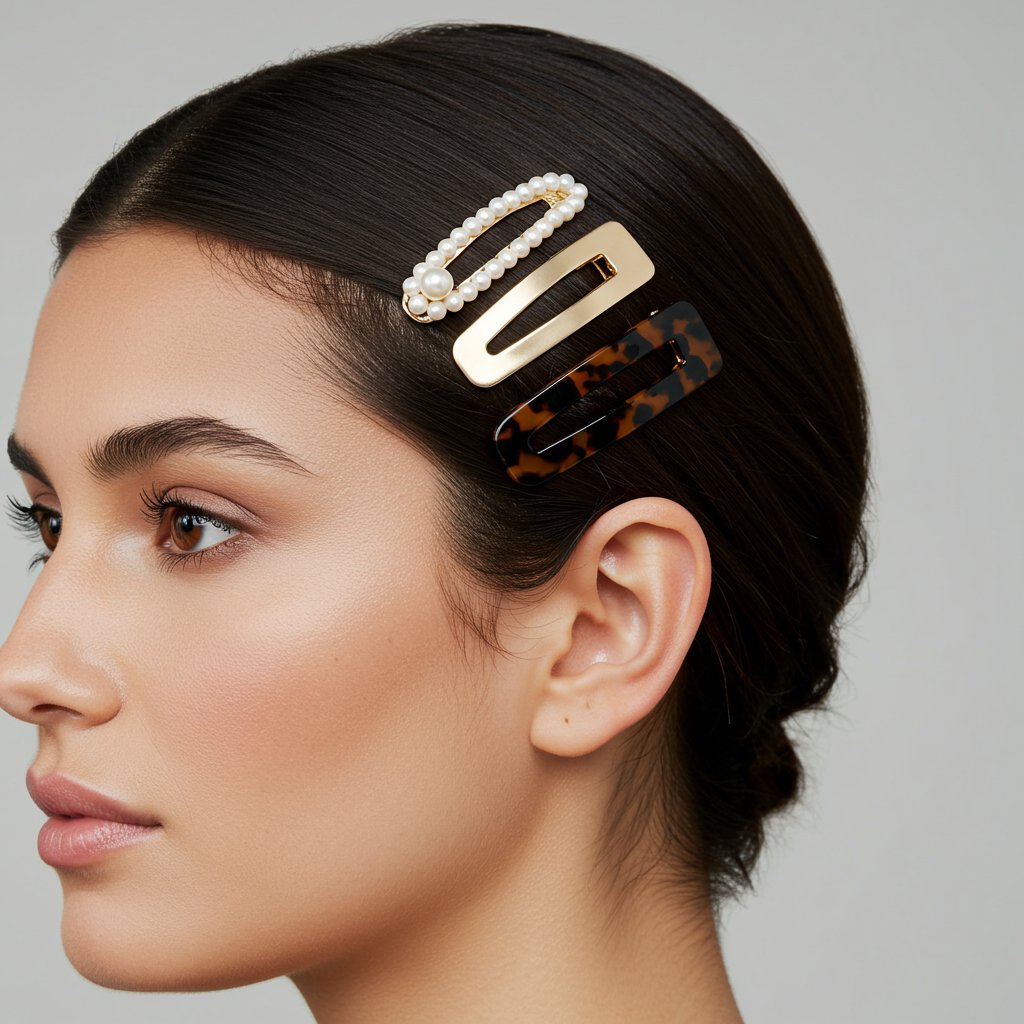
The key to successful accessorizing lies in selecting pieces that not only match your style but also work with your hair's unique texture and density. For those with fine or thin hair, lightweight clips like small barrettes or delicate snap clips are ideal, as they won't weigh down strands or slip out easily. Look for clips with silicone grips for extra hold. Conversely, individuals with thick, heavy, or curly hair should opt for larger, more robust options. Strong claw clips, oversized barrettes with sturdy clasps, and French-style clips are excellent for securing larger sections of hair without straining the mechanism or causing breakage. The material also matters; a smooth acetate or polished metal is less likely to snag than a clip with rough edges or poorly set gems.
A simple square of silk or cotton holds almost limitless styling potential. Scarves are arguably the most versatile hair accessory, capable of functioning as a headband, a ponytail tie, a bun wrap, or even a full turban. Their fluidity and range of colors and patterns allow them to complement any aesthetic, from preppy and polished to bohemian and free-spirited. A well-chosen scarf can introduce color, protect hair from the elements, and conceal a less-than-perfect hair day with unmatched grace.
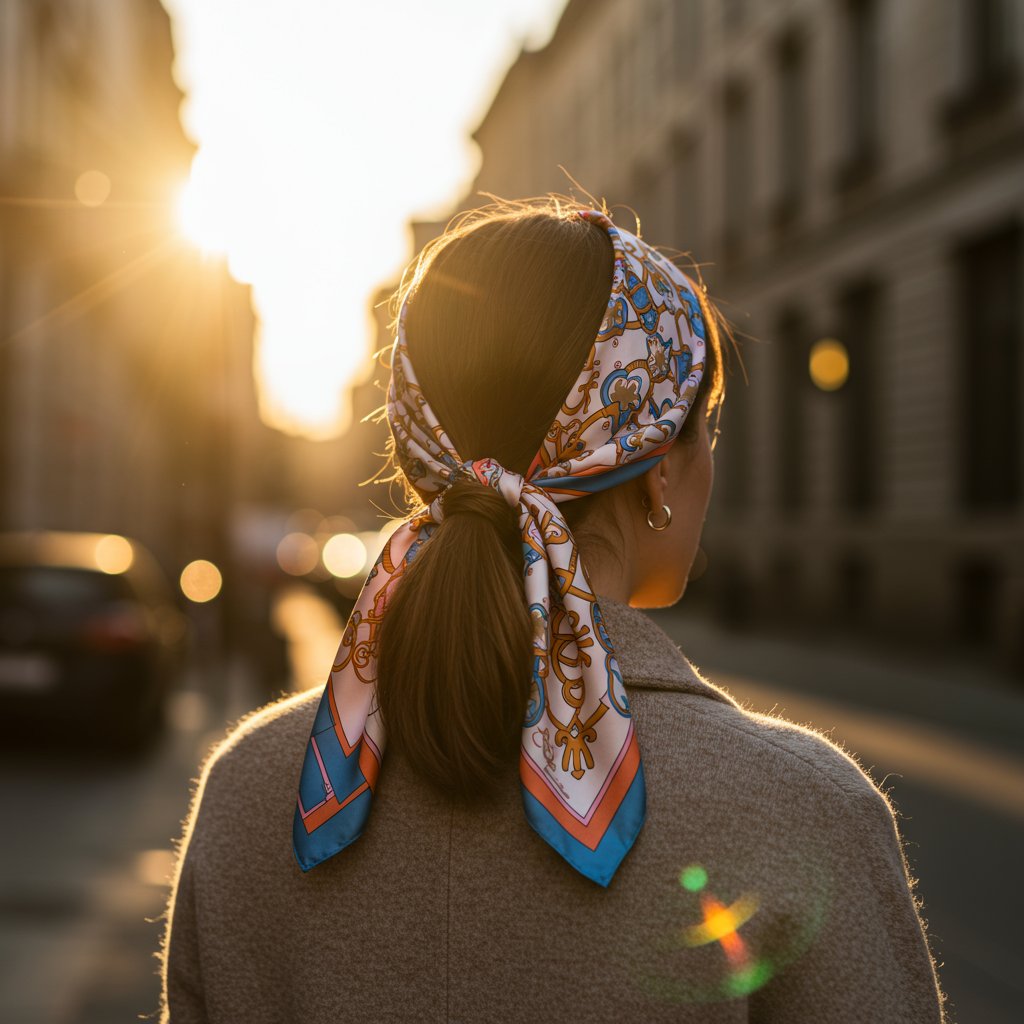
The fabric of your scarf dramatically influences both its look and functionality. Silk and satin scarves offer a luxurious sheen and a smooth glide, making them ideal for preventing frizz and breakage. They are perfect for elegant looks, like tying around the base of a sleek ponytail or weaving into a braid. Cotton and linen scarves provide a more casual, textured appearance. Their slightly rougher surface offers better grip, making them a great choice for headbands or turban styles that need to stay in place. For a playful, vintage vibe, consider a lightweight chiffon or a classic bandana.
Headbands are the ultimate grab-and-go accessory, offering an instant style upgrade with minimal effort. They have cycled through fashion countless times, each era leaving its mark—from the beaded bands of the 1920s to the sporty elastic versions of the 1980s and the preppy, padded styles of today. The modern headband is a versatile piece that can read as sophisticated, sporty, or whimsical depending on its design. It's an excellent tool for keeping hair off the face, adding volume at the crown, and introducing a point of interest to any hairstyle.
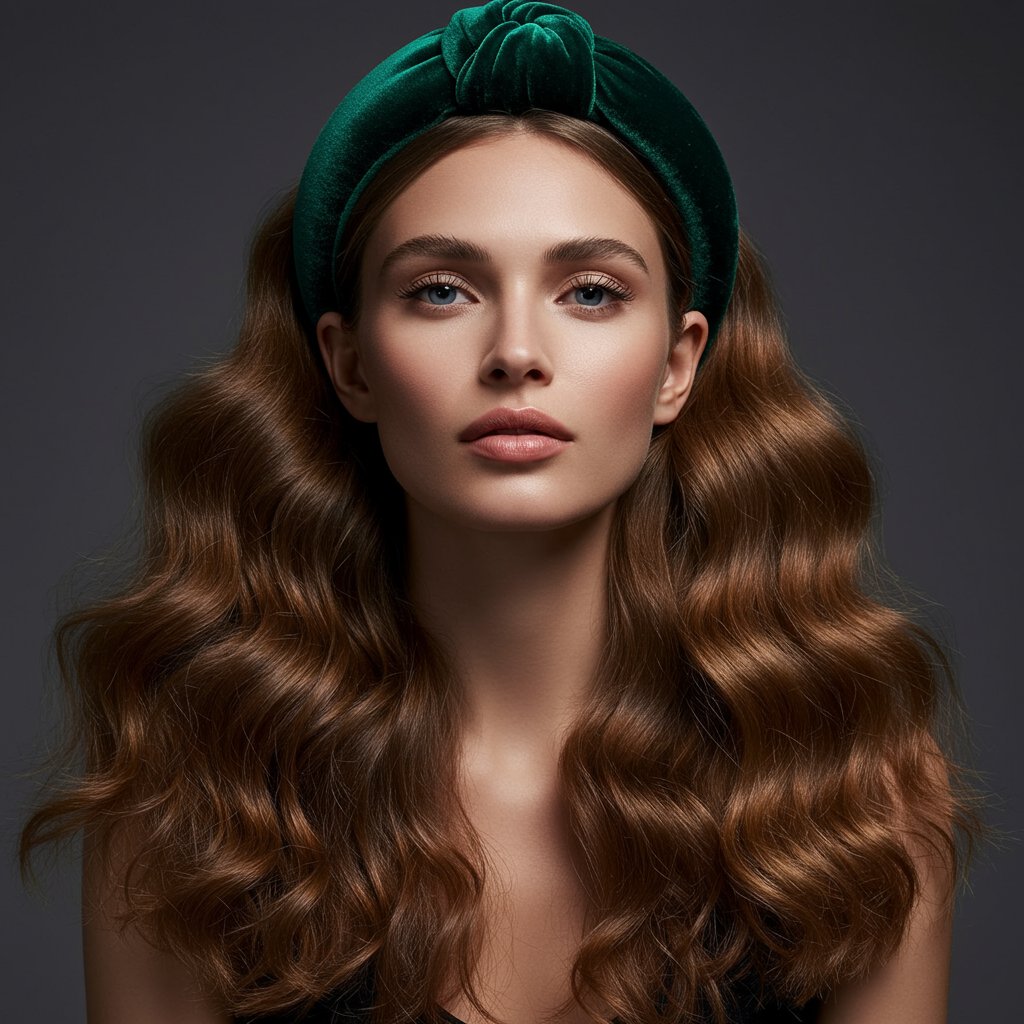
Choosing the right headband depends on your face shape, hairstyle, and desired look. Padded or wider headbands, often called 'Alice bands', can add height and are particularly flattering on round or oval face shapes. Thinner, more delicate headbands are subtle and work well with almost any face shape, offering a minimalist touch. When it comes to placement, wearing the headband about an inch back from your hairline is a classic look. For a more modern, relaxed vibe, try pushing it back further to create some volume in the front. The material is also key: a velvet or satin headband suggests luxury, a simple cotton one is perfect for everyday wear, and a knotted or embellished one adds a trendy, fashionable element.
To avoid a look that feels too juvenile, pair your headband with a sophisticated hairstyle. A sleek, padded headband looks incredible with a low bun or a smooth, straight blowout. To add volume, gently tease the hair at the crown before placing your headband. For those with bangs, a headband can be a stylish way to keep them in place; simply rest the headband just behind where your bangs begin. Don't be afraid to pair a statement headband with an equally bold outfit, but ensure the colors are complementary. The key is to wear it with confidence, making it a deliberate part of your ensemble.
The right hair accessory can be the defining element of a special occasion look. For formal events like weddings, galas, or proms, the focus should be on elegance and sophistication. Think delicate, jeweled hair vines woven through a soft updo, a classic set of pearl-adorned pins accenting a chignon, or a minimalist metallic headband adding a touch of modern glamour to sleek waves. The goal is to complement your attire, not overpower it. When choosing an accessory, consider the neckline of your dress and your other jewelry to create a cohesive, harmonious look.

For more relaxed, celebratory events like festivals or outdoor parties, you can embrace a more bohemian and playful aesthetic. This is the perfect time for patterned silk scarves tied as headbands, braided into the hair, or wrapped around a messy bun. Floral clips, whether a single large bloom or a cluster of smaller ones, add a whimsical, romantic touch. Braided or knotted headbands in natural textures like raffia or cotton also fit the festival vibe perfectly. These accessories are about expressing personality and creativity, so don't be afraid to experiment with color, texture, and placement.
Creating a truly stunning look is about achieving balance between your hair, your accessories, and your overall style. A statement accessory often works best with a simpler hairstyle, allowing the piece to take center stage. For example, an ornate, oversized clip is beautifully showcased against a sleek, straight blowout. Conversely, a more intricate hairstyle, like a complex braid or a detailed updo, may only need a few delicate pins to add a touch of sparkle without looking cluttered.
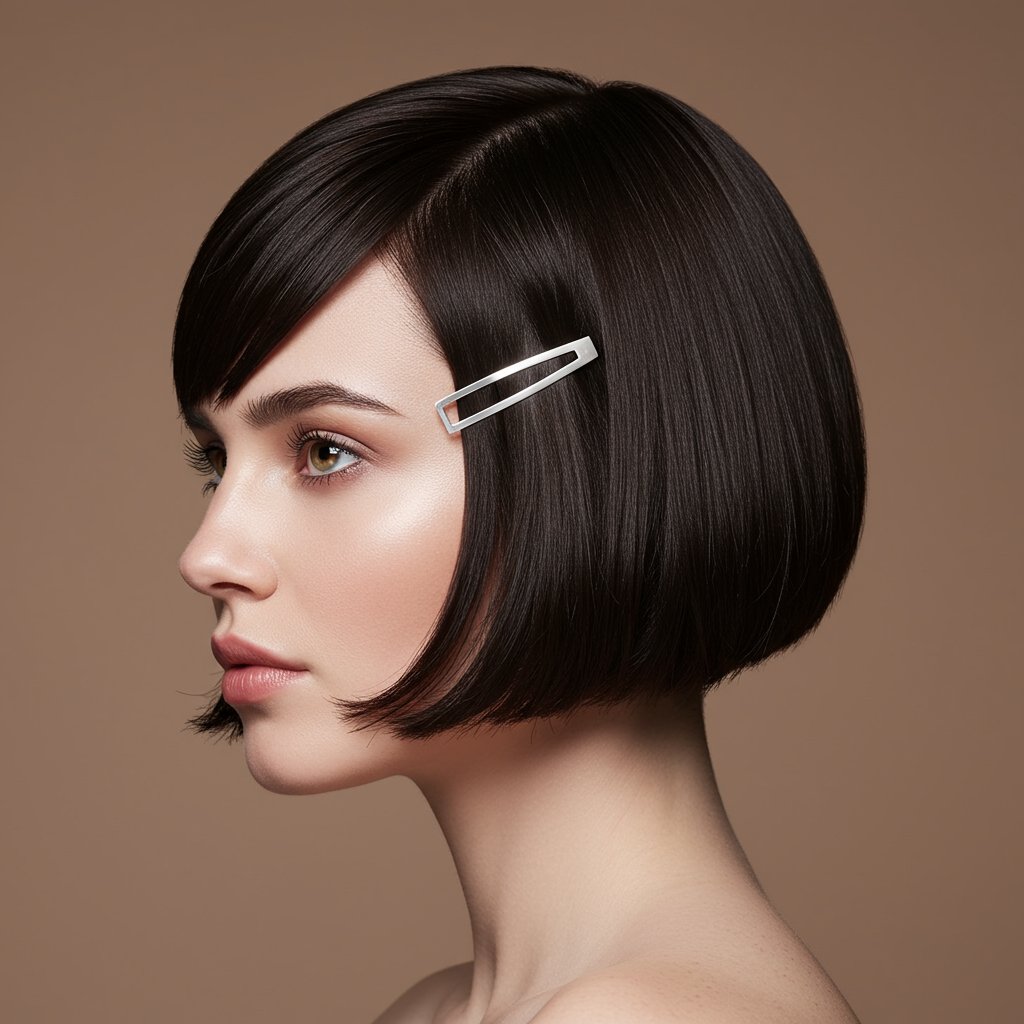
The length and cut of your hair also play a significant role. A short pixie cut can be instantly transformed with a slim, embellished headband or a few tiny, sparkling clips placed along the part. For a sharp bob, a single, bold barrette tucked behind one ear creates a chic, asymmetrical look. Those with long, flowing layers have endless options, from wide scarves that control volume to delicate clips that pull back the front sections. The key is to ensure the accessory enhances the haircut, working with its lines and shape rather than against them.

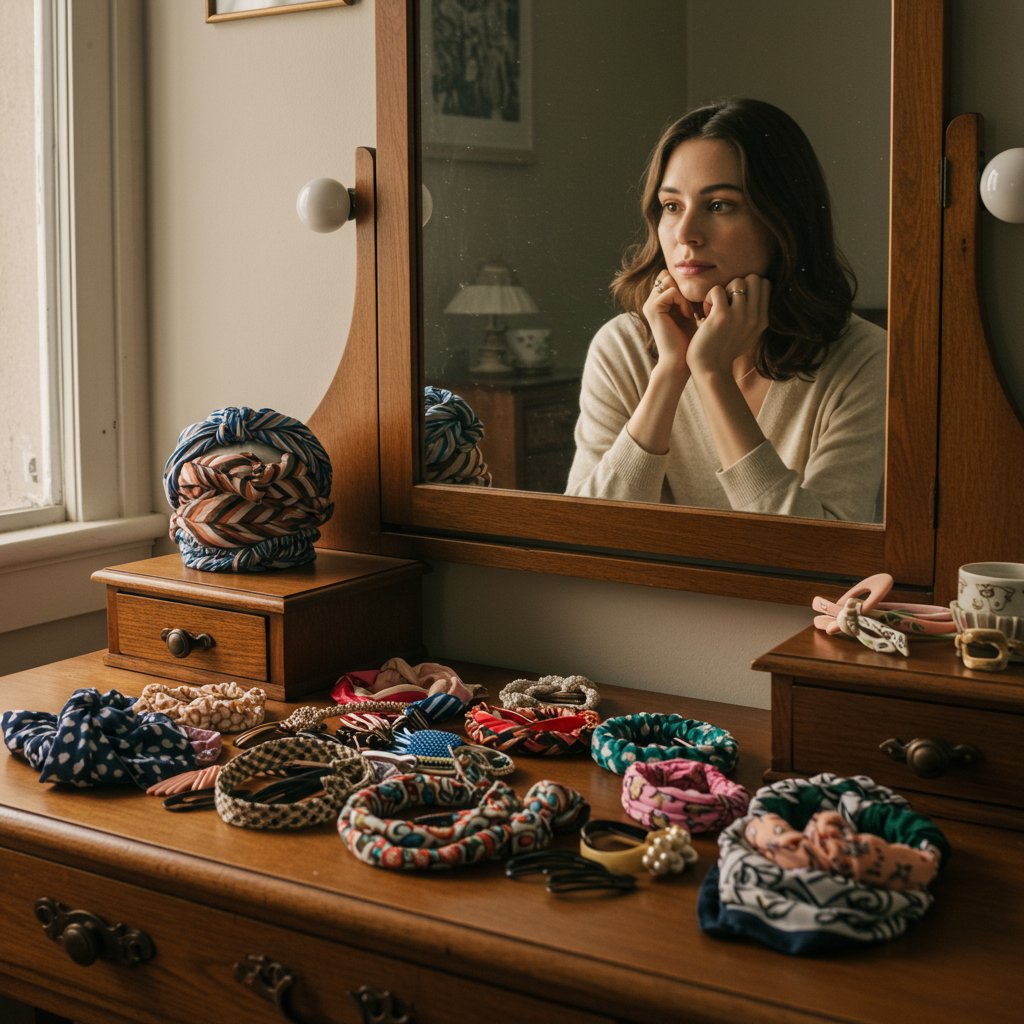
The best trick is to create texture. Before placing the accessory, spray a small amount of dry shampoo or texturizing spray onto the section of hair. You can also create a stronger anchor by teasing the hair underneath very slightly. For clips, look for designs that have a silicone strip for added grip.
Absolutely! Short hair provides a fantastic canvas for accessories. A pixie cut looks incredibly chic with a thin, metallic or jeweled headband. You can also use small, decorative clips or barrettes along your part or to sweep a small section of hair to the side. The key is to choose accessories that are proportional to your hair length.
For metal or plastic clips, gently wipe them with a soft, damp cloth. If there's product buildup, use a cloth with a bit of mild soap and water, then dry thoroughly. For fabric headbands and scarves, check the care label. Most silk scarves should be hand-washed in cold water with a gentle detergent and laid flat to dry. Cotton can often be machine-washed on a delicate cycle.
Look for accessories with smooth edges. Avoid clips with sharp metal teeth or those that pull or snag when you put them in or take them out. A well-made French barrette or a smooth acetate claw clip is much gentler on hair than a cheap metal clip with rough seams. For scarves and headbands, natural, smooth fibers like silk are excellent for preventing friction and breakage.
While there are no hard and fast rules, a good guideline is to aim for harmony. You can either match the accessory to a color in your outfit for a coordinated look or use it to introduce a contrasting pop of color. Consider the overall style—a formal, beaded clip would look out of place with a casual t-shirt and jeans, just as a sporty headband would clash with an evening gown.
A professional stylist has the expertise to not only recommend the perfect accessories for your hair type and face shape but also to create a hairstyle that provides the perfect, secure foundation for them. For a major event, a stylist can build an updo or style that integrates your chosen accessory seamlessly, ensuring it stays in place all day or night.
The art of hair accessorizing is a journey of discovery and personal expression. Clips, scarves, and headbands are not mere decorations; they are tools that empower you to customize your look, reflect your mood, and add a layer of sophistication and personality to any hairstyle. By understanding the fundamentals of choosing the right piece for your hair type, mastering a few key styling techniques, and learning how to create balance, you can unlock a new level of creativity in your daily routine.

We encourage you to step into the world of hair adornment with confidence. Start with a simple barrette, experiment with a colorful scarf, or embrace the elegance of a classic headband. The possibilities are truly endless. A well-placed accessory is the ultimate finishing touch, a small detail that speaks volumes and transforms the ordinary into the extraordinary.
Download our app to instantly see how you'd look with any hairstyle or color
Get the App
12 min read

12 min read

14 min read